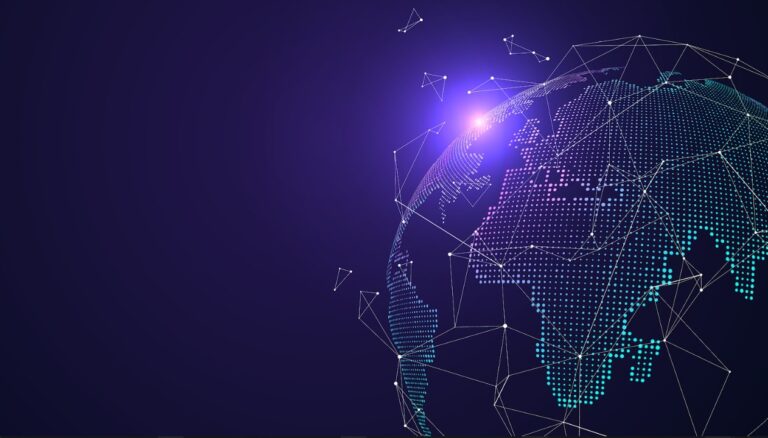“Digital divide” is a term that has gained more and more prominence in recent years due to the quickly changing terrain of the modern world. In this article, we’ll look into all you need to know about the digital divide and how to bridge it.
Table of Contents
Definition of digital divide
The digital divide is the difference in the availability and use of ICTs, which can affect people, communities, or even entire nations. Disparities in internet penetration, proficiency with digital tools, and other types of digital inequality are all manifestations of this divide.
The digital divide is a major issue in this age of rapid technology development. It has an impact on educational results, makes social inequities worse, and affects economic chances as well. To promote a more just and inclusive global community in this age of increasing digitalization, it is essential to comprehend and resolve the digital gap.
Causes of digital divide
1. Economic disparities
Economics plays a significant role in widening the digital divide. People from disadvantaged backgrounds are less likely to be able to afford the internet and other forms of technology, which limits their access to the internet and the digital economy.
2 Lack of infrastructure
Problems arise due to inadequate or nonexistent technological infrastructure, which is especially true in outlying locations. Inadequate technical resources and a lack of readily available broadband services impede broad digital inclusion.
3. Educational barrier
When it comes to moulding digital literacy, educational systems are crucial. Inequalities in access to school exacerbate existing gaps in digital literacy, making it more difficult for underrepresented communities to get the skills they need to thrive in today’s interconnected world.
4. Social and cultural factors
Another important factor in the digital gap is society norms and cultural practices. Further dividing groups is the impact of cultural traditions, gender prejudices, and discrimination on access to technology.
Impact of digital divide
1. Unequal access to information
Disparities in information access are a direct result of the digital divide. Those on the other side of the gap have a harder time getting their hands on important data, which stunts their career and academic development.
2. Limited economic opportunities
With the rise of digital technologies, economic disparities are becoming even more pronounced, a phenomenon known as the digital divide. Online employment markets and entrepreneurship prospects are inaccessible to those with restricted access to technology.
3. social and political implications
The digital gap is not just having an impact on the economy, but also on society and politics. A lack of equal access to digital media can exacerbate power disparities, reduce political involvement, and impede civic participation.
Bridging the gap: path to inclusion
1. Infrastructure development
A crucial component in bridging the divide is the establishment of a robust technological infrastructure, particularly in places that are underserved. It is possible to prepare the way for a digital society that is more inclusive by implementing initiatives that focus on expanding access to broadband internet and ensuring technical equity.
2. Education and digital literacy
It is necessary to implement comprehensive educational programmes in order to close the digital division. The implementation of programmes that improve digital literacy, the provision of training efforts in underserved communities, and the incorporation of technology into school curricula are all vital measures.
3. Affordability and accessibility
In order to democratise technology, it is possible to promote affordability through the use of subsidies, affordable technology solutions, and the creation of public locations that have internet connection. One of the most important aspects of bridging the financial gap is making sure that technology is available to everyone, regardless of their financial situation.
4. Government and policy initiative
When it comes to closing the digital divide, governments are an extremely important player. The passage of laws that encourage digital inclusion, the provision of financial resources for the development of digital infrastructure, and the implementation of policies that give priority to universal access are all key contributors to the reduction of the gap.
5. Private sector and NGO involvement
A significant part of the responsibility for promoting digital inclusion lies with the commercial sector and non-governmental organisations (NGOs). It is possible to increase the impact of efforts to bridge the divide through the implementation of community-based projects, cooperation with nonprofit organisations, and corporate social responsibility programmes.
6. International cooperation
In light of the fact that the digital divide is a global phenomenon, international cooperation is absolutely necessary. For the purpose of developing a digital landscape that is more inclusive on a global scale, collaborative initiatives, the sharing of best practices, and the pooling of resources can have a collective influence.
7. Monitoring and evaluation
Continuous monitoring and assessment are absolutely necessary in order to guarantee that new initiatives will be successful. The establishment of metrics for evaluating progress and the modification of plans based on input and outcomes are both factors that contribute to the continuation of attempts to bridge the existing digital gap.
Towards an inclusive digital future
A multidimensional problem with far-reaching repercussions, the digital divide is a topic that has many facets. Collective efforts in the areas of infrastructure development, education, affordability, and global cooperation, on the other hand, offer a viable path towards a digital future that is more inclusive.
There’s the ability to strive towards a society in which technology is a tool for empowerment rather than a source of division if we address the underlying problems and embrace collaborative solutions.












